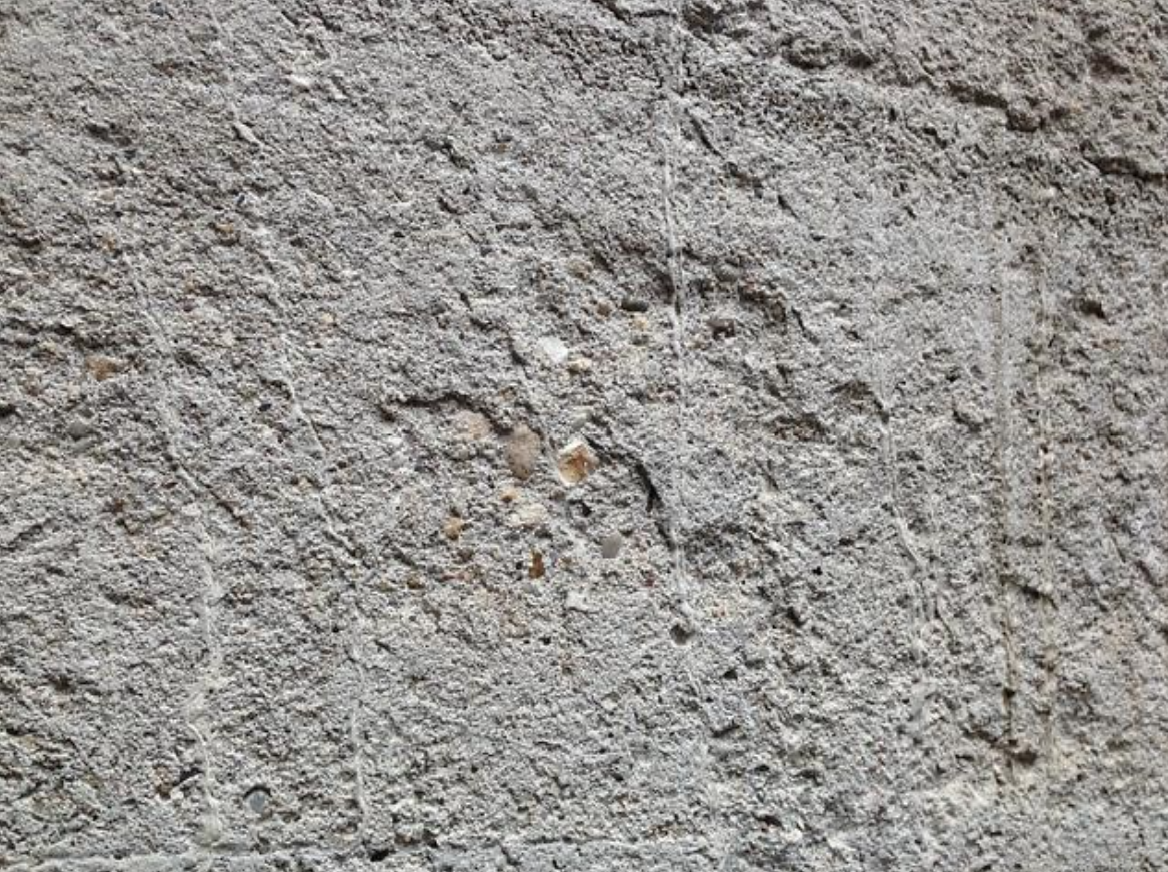Understanding Some of the Common Stucco Issues and How to Fix Them
Stucco has undergone an explosion in popularity recently, surpassing traditional wall cladding materials like brick and vinyl. Findings by the Census Bureau’s Survey of Construction (SOC) indicate that stucco was the most popular wall siding option in newly constructed homes in 2019, with a 29% score compared to vinyl at 25%.
Many builders recommend stucco for its relative affordability and energy efficiency. If properly installed, the material is also more durable and weather-resistant than many siding options.
However, stucco-clad walls are bound to develop issues long enough. These problems may be due to foundation soil shifts, substandard workmanship, age-related wear, or a combination. Understanding the structural issues affecting your stucco is essential in prescribing the right remediation or repair methods. This post will uncover the top stucco problems and how to fix them.

1. Cracks in Stucco
Cracks are perhaps the most visible structural issues with stucco-clad walls.
Stucco cracks can range from tiny, coin-sized crevices to gaping holes. They may also be concentrated on specific areas or cover the entire stucco section.
Numerous reasons could cause your stucco to develop cracks, including subterranean forces, applying the wrong mixing proportions, and substandard workmanship.
Whichever the cause may be, it’s imperative to contact a Philadelphia stucco repair company immediately to get the cracks patched. The technician will thoroughly examine the nature and size of cracks on your stucco before recommending a suitable solution to the problem.
2. Crumbling Stucco
While cracks in your stucco may signal the beginning of a significant structural problem, crumbling usually indicates advanced stages of deterioration.
Crumbling typically results from the same causative agents as cracking - improper material mixture, low-quality installation, and foundational shifts.
As stucco crumbling doesn’t occur overnight, prompt intervention is necessary to prevent further degeneration. Repair methods commonly entail a total replacement of the damaged sections.
In some instances, a stucco repair company may replace an entire wall siding in addition to the visibly crumbled pieces.
3. Lingering Water Spots
It’s been weeks since the last downpour, but for some reason, water spots appear to pop up and linger on your stucco walls much longer.
Since stucco isn’t waterproof, you may intuitively dismiss the lingering moisture as mere condensation. However, if water spots keep appearing on your stucco, even during low-humid conditions, it might indicate severe plumbing issues, poor drainage, or insufficient ventilation.
Contact a stucco repair company immediately for an extensive examination of the moist patches. The technician will determine whether the issue is due to normal moisture retention or leaks within the affected wall’s cavity.
Repair solutions may include replacing faulty plumbing connections or waterproofing the wall.
4. Staining and Discoloration
Moisture spots on your stucco siding might somewhat escape your attention. But once those spots dry into stained or discolored patches, they’re simply unmissable.
Stucco stains initially developed around the door and window areas. However, the discolored patches may gradually spread to a larger area if they go untreated long enough.
Discolored stucco can be an eyesore, especially considering that most stucco occupies the outermost layer of the front-facing walls of a building. Besides their blotchy appearance, stains on a stucco can signal a bigger underlying structural problem.
If the stains are due to moisture spots caused by normal condensation, a stucco specialist may clean the blemishes using a liquid dish soap and water before waterproofing the wall section. Stronger chemicals like bleach might help with stubborn stains.
If deeper moisture damage is responsible for the discoloration, the stained areas may require a total replacement.
Mold Growth
Molds flourish in moist environments. So, if you don’t address the problem of water-damaged stucco soon enough, it won’t be long before these fungi begin to thrive on your stucco-clad walls.
The molds would first pop up on any wooden components of the stucco section, such as the window sills. Without remedial action, the fungi will reduce the entire wall into an ugly spectacle.
In addition to their unsightliness, exposure to mold can pose severe upper respiratory illnesses. Removing the fungi from your living space provides a clean, toxin-free environment.
As molds indicate untreated water damage, the best intervention would be to moisture-proof your stucco siding. Trimming nearby vegetation and improving drainage may also prevent fungi and algae from growing on your stucco siding.
Insect and Pest Infestation
If mold growth on your stucco makes you uncomfortable, insect infestation is even more problematic.
Stucco cracks can provide a haven for common household insects, including spiders and cockroaches. While most spiders and roaches will not inflict significant damage to your home’s structural integrity, we cannot say the same about termites and carpenter ants.
Stucco crevices may also attract larger pests like bats and rats, depending on their size. In the case of insect or pest infestation, you may want to engage a pest removal company before enlisting stucco repair services.
The Bottom Line
Scheduling routine stucco inspection and repair can optimize your home’s aesthetic appeal and structural integrity. While stucco-clad walls may go for years without repair, annual inspections can help uncover and fix potential issues before they degenerate into costly repairs.
Remember to enlist professional help for all your stucco repair and remediation needs. Don’t attempt to fix damaged stucco yourself unless you’re a certified builder or home improvement technician.